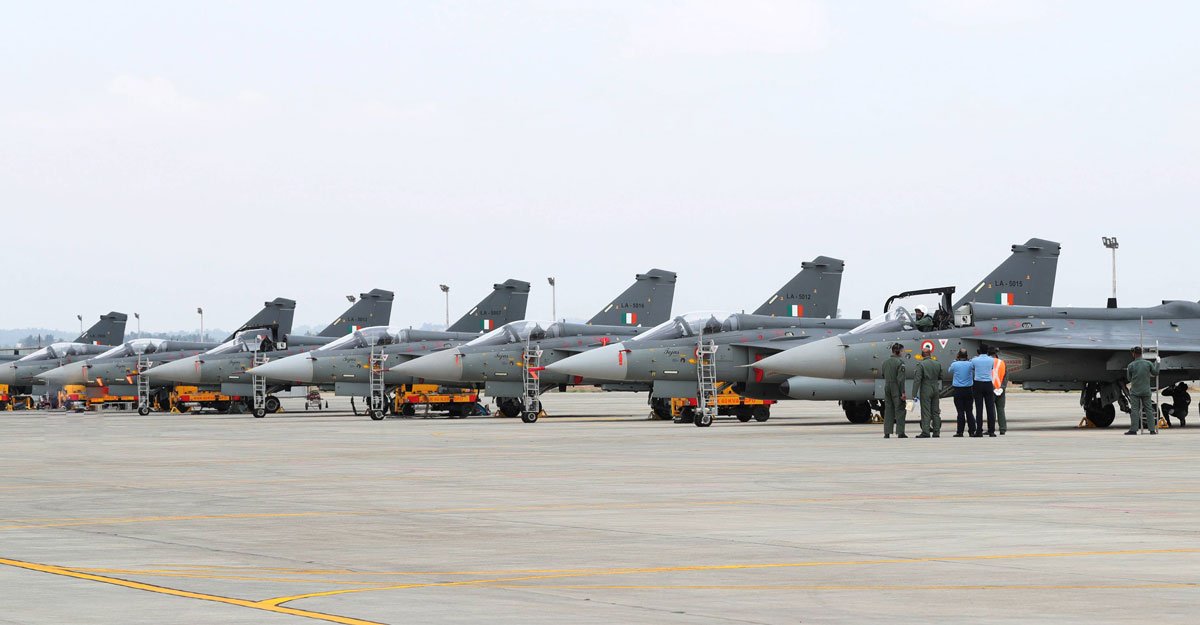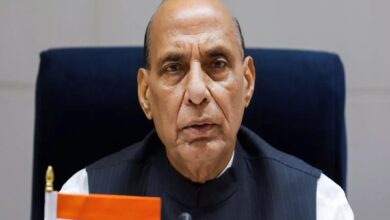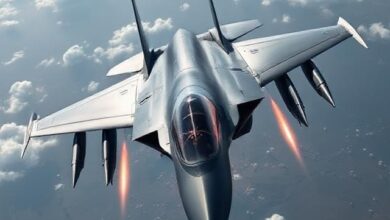Egypt And Argentina In Talks To Buy Tejas Light Combat Aircraft From India

- The order came after the Philippines decided to buy BrahMos missiles and Armenia decided to buy Pinaka multi-barrel rocket launchers from India.
- The latest "positive indigenisation list" was supposed to come after four similar lists that have stopped the import of 411 military items over the past 30 months.
India is in talks with Egypt and Argentina about possibly selling their air forces Indian-made Tejas light combat aircraft (LCA). This is because India wants to get a foothold in foreign markets and increase its defence exports, Hindustan Aeronautics Limited (HAL) chairman CB Ananthakrishnan said at Aero India-2023 on Tuesday.
He said that Egypt’s plans call for 20 planes, while the South American country needs 15 new fighters.
“Egypt has also shown a desire to build a local aerospace ecosystem. We will help that happen. “Two teams from the Argentine Air Force have been to HAL and flown the LCA,” said Ananthakrishnan.
HAL has offered the LCA Mk-1A version to the two countries.
When he opened the Aero India airshow on Monday, Prime Minister Narendra Modi said that the LCA was one of the locally made weapons systems that have changed the defence sector over the last eight to nine years.
Ananthakrishnan said HAL may have lost to a Korean plane maker in a competition to sell new fighter jets to Malaysia.
Air Chief Marshal VR Chaudhari, who is in charge of the Indian Air Force (IAF), flew the LCA on Monday during the first show at the Yelahanka airbase. India is trying hard to take advantage of the aircraft’s export potential.
The air force also plans to use its newer versions in the coming years to make it stronger in battle.
While the LCA project is now on track, several HAL programmes have been delayed, forcing the armed forces to look for other options. This includes the basic trainer aircraft, the intermediate jet trainer, and the LCA project.
IAF made its first LCA squadron with two planes in July 2016, even though the project was approved in 1983 as a replacement for the Soviet-made MiG-21 fleet.
It has put into service a few of the 40 earlier versions of the LCA, ordered 83 improved Mk-1A versions in 2021, and is now thinking about ordering the newest version of the plane, the LCA Mk-2.
At Aero India-2021, the defence ministry gave a 48,000-crore contract to HAL for 83 LCA Mk-1A jets for the IAF. The first Mk-1A aircraft will be given to the air force in February 2024. HAL officials said the rest will join its combat fleet by 2029.
“We hope to roll out the first LCA Mk-2 plane in December 2024 and fly it the following year,” the HAL chairman said. IAF is likely to order 108 Mk-2 aeroplanes (six squadrons).
The government gave the go-ahead last year to develop the LCA Mk-2, a platform that will be an important part of future air combat.
The LCA Mk-2 will be the most advanced warplane that India will build. It will have improved survivability, better situational awareness for pilots, a high payload capacity, a longer range, network-centric capabilities, integrated avionics, and the ability to quickly switch from one role to another.
India wants to have defence exports worth $5 billion by 2025. In November 2022, the Indian defence company Kalyani Strategic Systems Limited won a $155.5 million order to sell artillery guns to a friendly foreign country. It was the first order that a local company got for the 155mm weapon system.
The order came after the Philippines decided to buy BrahMos missiles and Armenia decided to buy Pinaka multi-barrel rocket launchers from India.
The advanced light helicopter could also be sent to the Philippines, the officials said. In December 2020, the Union Cabinet gave the go-ahead for the sale of Akash missile systems to friendly foreign countries. It also made a high-powered panel to speed up the approval process for exporting military equipment.
Along with the focus on increasing exports, the country is also putting more effort into making its own weapons and systems.
On Sunday, India’s defence minister, Rajnath Singh, said that India could put more weapons and systems under an import ban and make them in the country. This would help India become more self-reliant in the defence sector.
The latest “positive indigenisation list” was supposed to come after four similar lists that have stopped the import of 411 military items over the past 30 months.







Facebook Comments